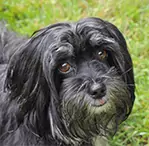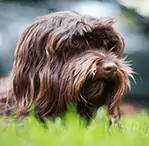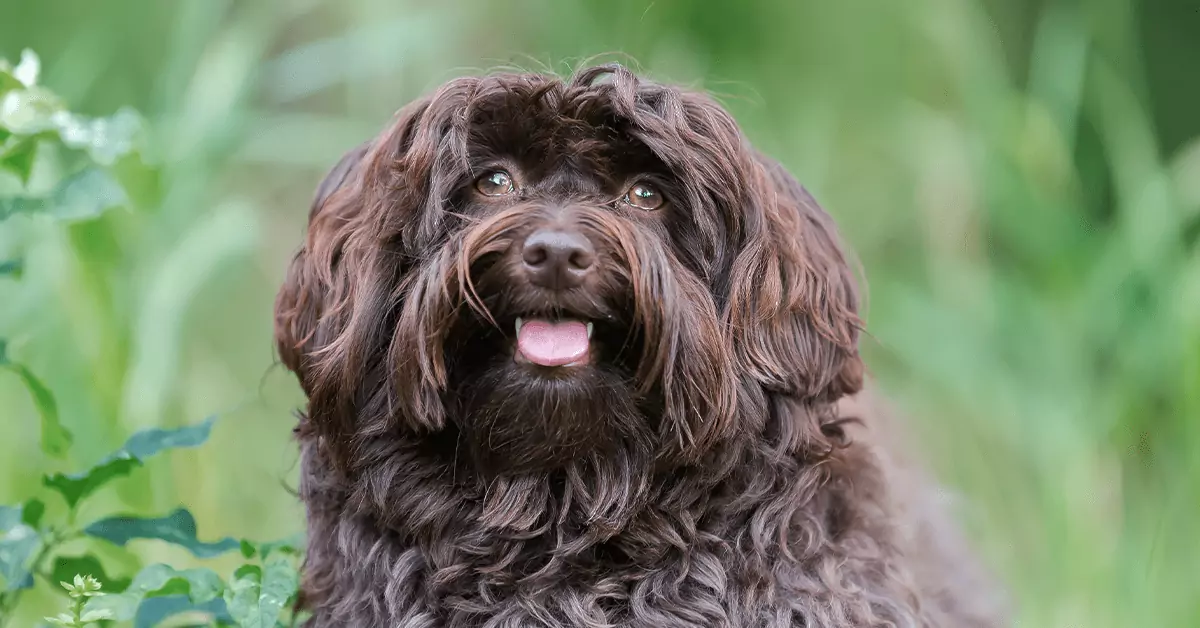
Meet the Havanese
Canine Comedian
High Doggy I.Q.
Best Fur Friend
My Many Looks
My Breed Characteristics
Furbulous Fact
As I Grow Up
History of My Breed
Care Tips
Training Tips
Personality
Affectionate
Lively
Playful
Group
Toy Group
Origin
Cuba
Life Span
14-16 Years
Breed Popularity
#24 of 195
Height Range
8.5-11.5 Inches
Weight Range
7-13 Pounds
Coat Details
Type
Long and Wavy
Texture
Silky and Soft Outer coat and Undercoat
Features
Double coat
Colors
Black, Chocolate, Cream, Fawn, Gold, Red, Silver, White, Blue +/- Brindle, Sable, Cream Markings, Ir
Hypoallergenic
Yes
Cost to Buy
$650-$1,800
Lifetime Care Cost
$19,425
My Many Looks
My Breed Characteristics
Furbulous Fact
As I Grow Up

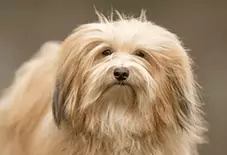
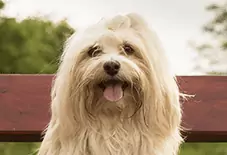
History of My Breed
Care Tips
from Dr. Jessica Greenberg, Associate VeterinarianKeep an eye out for ear infections.
The hairy, floppy ears of the Havanese can easily develop infection. Owners should have the hair plucked from inside the dog's ears regularly in order to reduce moisture inside the ear and prevent the occurrence of fungal or bacterial infections. Signs of infection can include scratching the ears, shaking or tilting the head, and redness or discharge inside the ear. If you note these signs, take your dog to the veterinarian for an examination and evaluation of the cells inside the ears. This will allow the veterinarian to make treatment recommendations tailored to your dog's specific needs.
Be proactive when it comes to dental health.
Dogs with small mouths and shorter muzzles such as the Havanese are particularly susceptible to dental disease, making routine dental care important. Havanese owners should brush their dog's teeth daily and have them professionally cleaned by a veterinarian at least once a year. If your dog shows signs such as refusing to eat hard foods, pawing repeatedly at one side of the face, or developing bad breath that is worse than normal "dog breath," they should be examined by a veterinarian.
Regular grooming is a must for your Havanese.
The beautiful, soft coat of the Havanese requires special care. Owners should be sure to brush the dog regularly (ideally every day) with a pin brush to prevent matting. Havanese are also prone to developing tear stains under their eyes. These can be minimized by wiping the undereye area with a cloth or cotton swab dampened with water or eyewash.
Training Tips
from Dr. Jessica Greenberg, Associate VeterinarianUse rewards and praise to train “Do” commands.
Rewards training uses treats to entice your Havanese to do your desired command. Make sure you shower the dog with tons of praise and only give the treat once the command is performed. If you give the treat beforehand, you are only bribing your dog. With Praise training, put your dog physically in a position to succeed and then praise them when they have completed the desired behavior. Praise training is typically done using training equipment like collars and halters. You can also mix this training with rewards and provide a treat when the command has been completed.
Using a clicker can help in training your Havanese.
Marker training is done using a marker or clicker every time your Havanese has done a command that you desire. When the marker has been clicked for good behavior, you will then give your dog praise and treats. This training is effective because the behavior is always done first, which prevents your pup from learning that treats come before they perform the behavior.
Replace unwanted behavior when training “Don’t” commands.
When training “Don’t” commands, replace the behavior when your Havanese is doing something you don't like. The easiest training method is to give them an item that replaces or negates that behavior. If your Havanese is play-biting, give them a toy to chew on instead. That way you are making the behavior possible with a replacement that is safe to chew on.
My Many Looks
My Breed Characteristics
Furbulous Fact
As I Grow Up
History of My Breed
Care Tips
Training Tips
-
Personality
Affectionate
Lively
Playful
-
Group
Toy Group
-
Origin
Cuba
-
Life Span
14-16 Years
-
Breed Popularity
#24 of 195
-
Height Range
8.5-11.5 Inches
-
Weight Range
7-13 Pounds
-
动物皮毛
Type
Long and Wavy
Texture
Silky and Soft Outer coat and Undercoat
Features
Double coat
Colors
Black, Chocolate, Cream, Fawn, Gold, Red, Silver, White, Blue +/- Brindle, Sable, Cream Markings, Ir
-
Hypoallergenic
Yes
-
Cost to Buy
$650-$1,800
-
Lifetime Care Cost
$19,425
